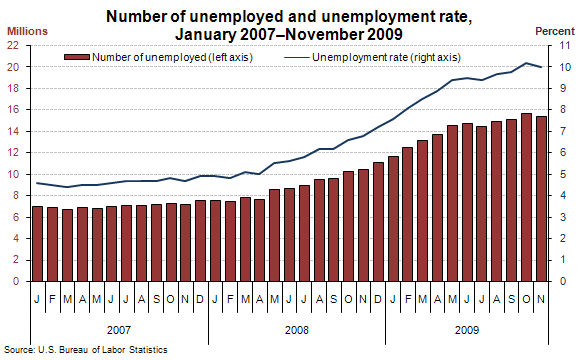Covid-19: Thoughts on rebuilding after the shutdown
For the past 10 days, we have seen a dramatic evolution of the culture in the United States across industries. I use the word evolution because biological systems like cities and companies must adapt to the changing environment or face extinction (going out of business). The examples are everywhere – in education, restaurants, health care, sports, casinos, transportation, retail, tourism, and many others. I went down the BLS list to determine the economic impact the changing business environment will potentially have on the specific jobs. Here is my best guess.
The Impact for the US
The economic impact isn’t hard to calculate, but it is difficult to be exact. Therefore, it is important to think of these numbers as back-of-the-napkin math using relatively current data (BLS wage data from October 2019). While we cannot gather exact numbers, the estimates will be relatively current.
How the model works
Economic models make basic assumptions. Using these three basic assumptions we can estimate the effects on national and local state markets through simple multiplication.
Here are the assumptions:
Rate of Contraction – the industries/jobs that are negatively affected will contract 30% in the next year.
Rate of Expansion – the industries/jobs that are benefiting from the current situation will grow by 10% in the next year.
I ranked the broad classification categories in the BLS (the ones ending in 000) as either positive (expanding), negative (contracting), or neutral (no net effect).
The Results
Impact on jobs in the US (Negative numbers in parentheses)
The unemployment rate in the US is going to jump to 15% in 12 months if the current business climate persists (remote work, limited interpersonal contact, no tourism, etc). Roughly 22 million Americans will be unemployed in the current environment. It will cost the American worker 1.1 trillion dollars this year. The recent stock market downturn is only a signal to what is really going on in the economy – market reallocation (how long has retail been dying?). Here are the real numbers – the US is going to lose 429,649 jobs per week or 21.1 billion dollars in wages. We are going to lose 2 million jobs per month with food prep (35-000), sales (41-000), and office support (43-000) making up 34% of the losses. There is evidence these estimates are correct. A New York Times story reported on March 19th (3 days ago) that unemployment filings were up 30% from the previous week. That means 281,000 new people filed for unemployment. Here is a chart from 2007-2009 of unemployed individuals for some perspective around this number. The peak number of Americans unemployed was 20 million in October 2009.
This is obviously depressing news and has the potential to be the worse than the 2008-2009 recession. There is however a chance to rebuild the foundation of this new economy starting with repurposing the American worker for in-demand jobs – construction, green energy, trade work, remote work, tech jobs, medicine, nursing, manufacturing, and transportation. To do this and create a recession proof economy we need a few basic things – universal health care, universal basic income, and free education. This will reduce poverty, hunger, homelessness and improve mental health and reduce the wage cost to business owners. It will stop the exodus of workers from rural American towns to urban centers. Will it happen? No, but it should.
We should get back to leading the world on economic policy and practices. This shit isn’t hard. Just like washing your hands and staying home to prevent the spread of infection isn’t hard, but it is a change. System evolution is all about changing the basic fundamentals of the system which must now include pandemics and quarantine (clearly it didn’t before). Basic human needs provided by the government – food and water, shelter, and health care. We can do this together and the time to do it is when things are at their worse – so pretty much right now and for the next 12 months.
As the numbers change, I will send out updates on the model and make adjustments. Here is a link to the model. If you want to access to the data and the model my email is below. I have it for every state as well. https://docs.google.com/spreadsheets/d/1zWPkN1zgQ1f193yujPMmfOisKZQywMWLDaI-IPsA1So/edit?usp=sharing
sbragg@chapmanandcompany.co



